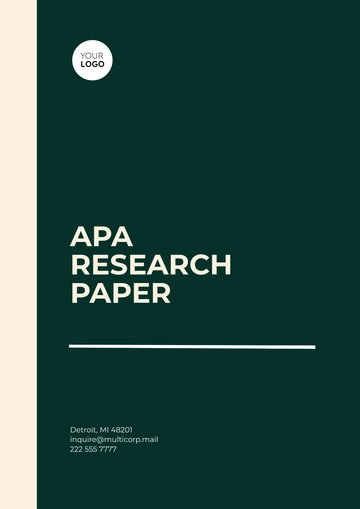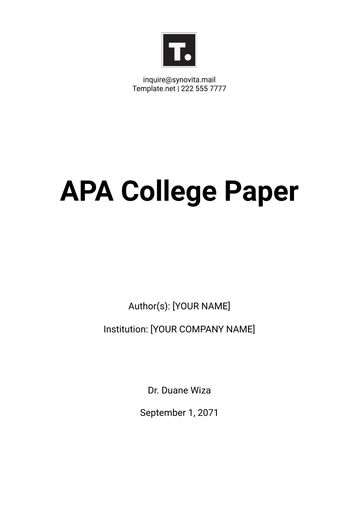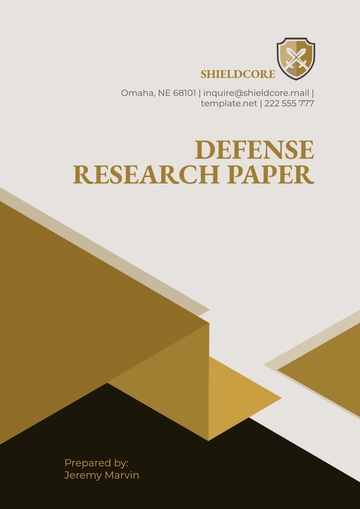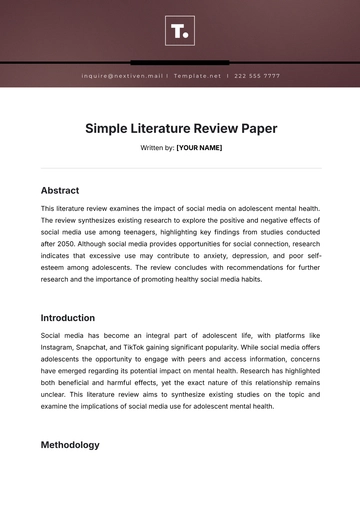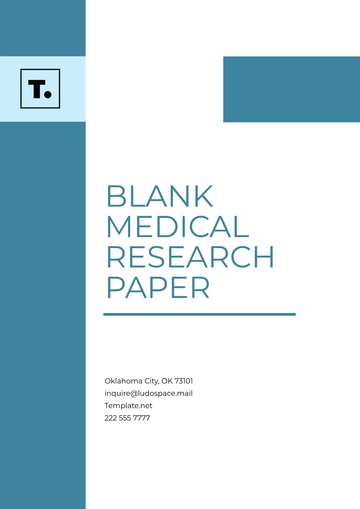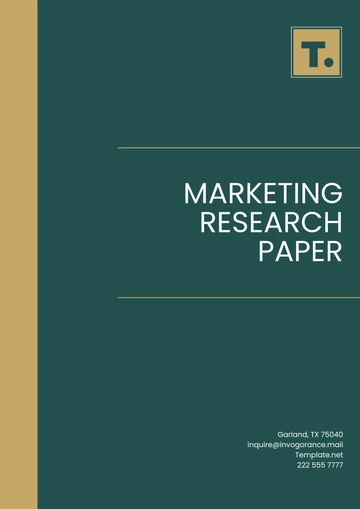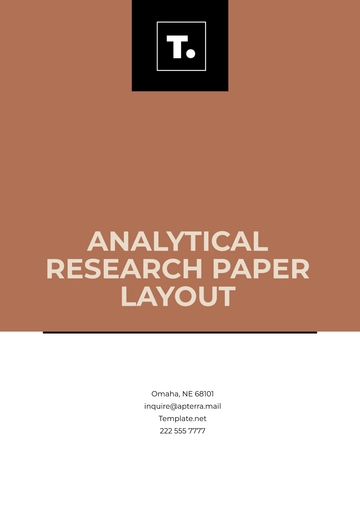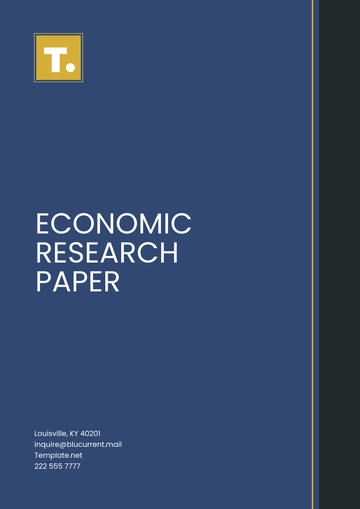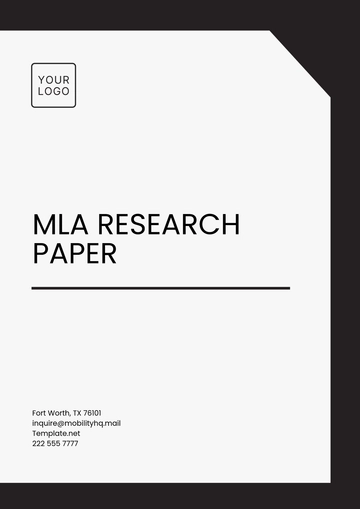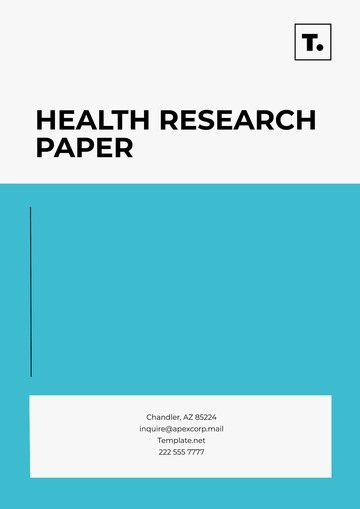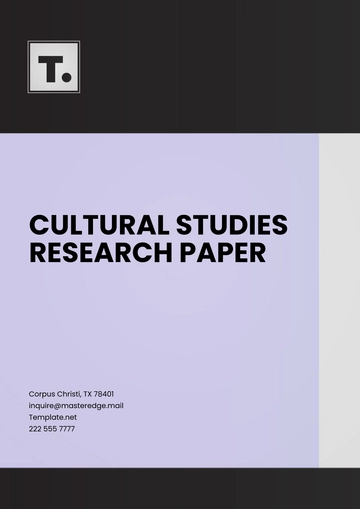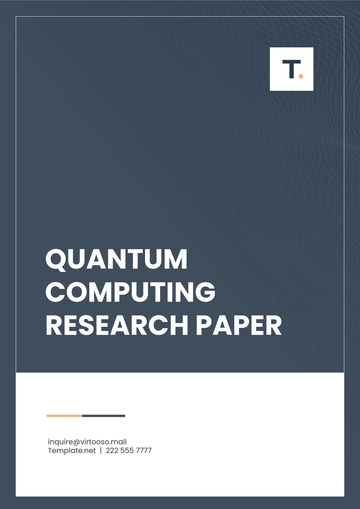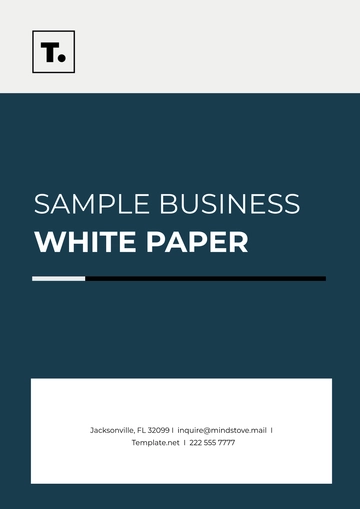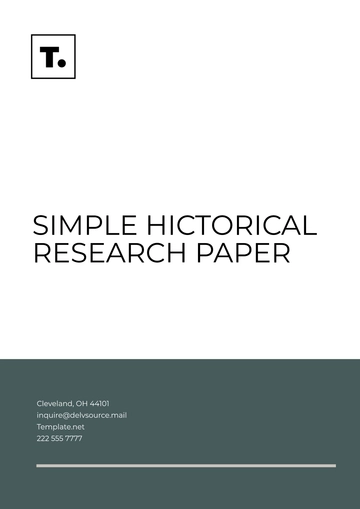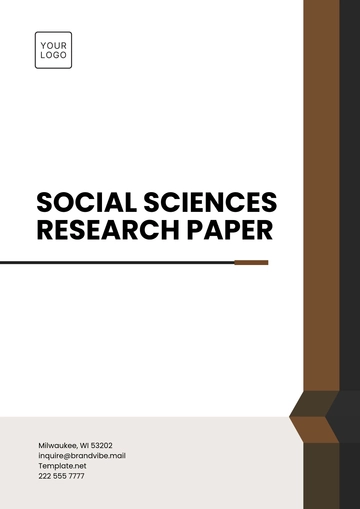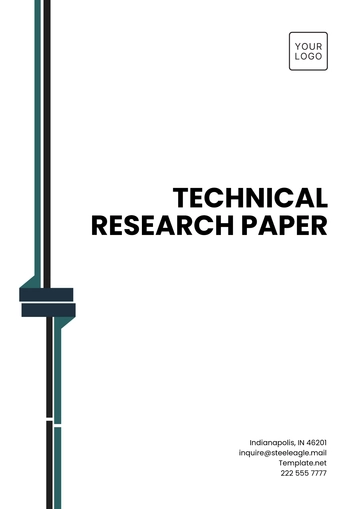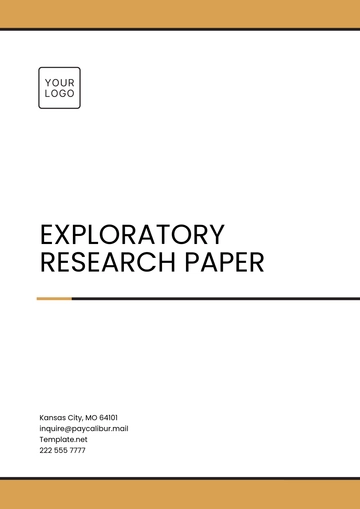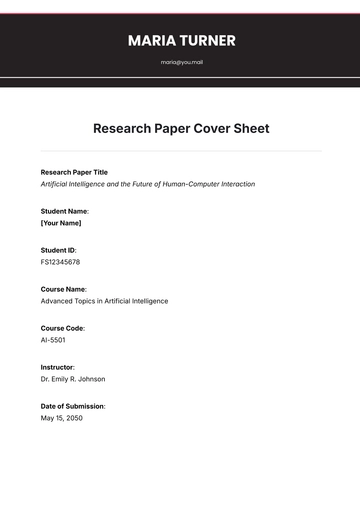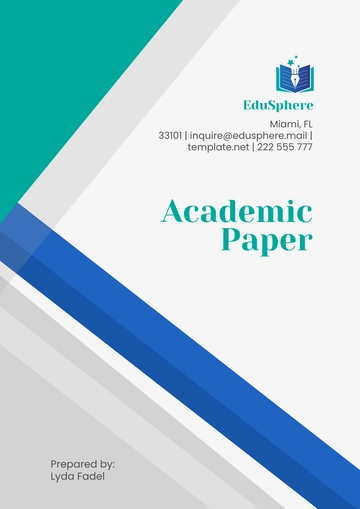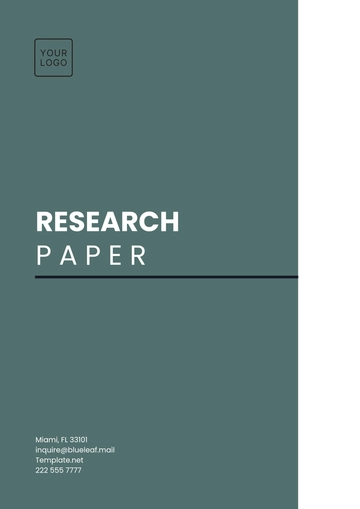Free University White Paper

Enhancing Educational Outcomes through Targeted Initiatives
Author: [Your Name]
Institution: [Your Company Name]
Department: [Your Department]
Date: [Date]

I. Executive Summary
The purpose of this white paper is to discuss and propose essential educational strategies focused on enhancing student engagement and improving learning outcomes within [Your Company Name]. This document integrates research findings and strategic recommendations targeting educators, policy makers, and administrative staff. We aim to promote innovative practices that can be embraced to foster an adaptive and thriving learning environment.
II. Introduction
The landscape of higher education continuously evolves, responding to shifts in technology, student demographics, and societal needs. [Your Company Name]'s commitment to maintaining excellence in education necessitates periodic evaluation and adaptation of our teaching methodologies and academic services. This document outlines our analysis and proactive strategies to enhance the educational experience.
A. Problem Statement
In recent assessments, several challenges have been identified that impact student learning and overall educational satisfaction at [Your Company Name]. These include significant variances in student engagement levels, underutilization of technological resources, and gaps in faculty development programs. Addressing these challenges is imperative to improve educational outcomes.
B. Research and Analysis
Detailed research involving stakeholder consultation, student feedback, and performance analytics forms the basis of our analysis. Key findings indicate:
Utilization of only a fraction of available technological tools in classrooms, limiting interactive learning potential.
Faculty members expressing a need for more robust training in digital tools and educational practices.
Noticeable disparities in engagement levels among students from different socioeconomic backgrounds.
Chart 1: Disparities in Student Engagement Levels Across Socioeconomic Backgrounds
III. Strategies for Enhancing Student Engagement
This section outlines evidence-based strategies and initiatives for enhancing student engagement within the educational context of [Your Company Name], including:
A. Technology Integration
Implementing training sessions for faculty on the use of advanced educational tools to increase the use of engaging and interactive educational methods.
B. Personalized Learning Interventions
Designing personalized learning interventions based on analytics to promote higher rates of student participation and satisfaction.
C. Continuous Professional Development for Faculty
Establishing continuous professional development modules available year-round to enhance teaching efficacy and facilitate the adaptation of innovative practices.
IV. Case Studies and Best Practices
This section presents case studies and best practices from [Your Company Name] and other institutions, showcasing successful initiatives aimed at enhancing student engagement and improving learning outcomes.
Case Study 1: Peer-Assisted Learning Program at [Your Company Name]
At [Your Company Name], a peer-assisted learning program was implemented in collaboration with faculty members and student mentors. The program paired upper-level students with freshmen to provide academic support, mentorship, and guidance throughout their first year. Through structured study sessions, group activities, and one-on-one tutoring, participating students reported increased engagement, higher grades, and improved retention rates.
Case Study 2: Flipped Classroom Model at [Another Institution]
[Another Institution] implemented a flipped classroom model in introductory science courses, where students were introduced to course material through pre-recorded lectures and readings before attending in-person class sessions. During class, students engaged in hands-on activities, collaborative problem-solving, and discussions facilitated by the instructor. This approach resulted in improved student engagement, deeper understanding of concepts, and higher exam scores compared to traditional lecture-based instruction.
Best Practice: Utilizing Learning Analytics Tools
Several institutions, including [Your Company Name], have successfully implemented learning analytics tools to track student progress, identify at-risk students, and personalize interventions. By analyzing data on student performance, engagement, and learning behaviors, educators can identify patterns, trends, and areas for improvement, leading to more targeted support and interventions that enhance learning outcomes.
V. Conclusion
The insights presented in this white paper highlight a compelling path forward for [Your Company Name] to refine its educational strategies and foster an environment of enhanced learning and student satisfaction. By implementing the suggested initiatives, we anticipate significant improvements in both educational delivery and outcomes.
A. Next Steps
Immediate steps involve forming a task force comprising members from various departments to oversee the implementation of these recommendations. A review phase will be initiated six months post-implementation to assess progress and make necessary adjustments.
B. Contact Information
For more information, or to provide feedback, please contact the Office of [Your Department] at [Your Email] or via phone at [Your Phone Number].
VI. References
Revuelta-Domínguez, F.-I., Guerra-Antequera, J., González-Pérez, A., Pedrera-Rodríguez, M.-I., & González-Fernández, A. (2022). Digital Teaching Competence: A Systematic Review. Sustainability, 14(11), 6428. DOI: 10.3390/su14116428
Zheng, L., Bhagat, K. K., Zhen, Y., & Zhang, X. (2020). The Effectiveness of the Flipped Classroom on Students’ Learning Achievement and Learning Motivation: A Meta-Analysis. Journal of Educational Technology & Society, 23(1), 1–15.
Cornelius, V., Wood, L., & Lai, J. (2016). Implementation and evaluation of a formal academic-peer-mentoring programme in higher education. Active Learning in Higher Education, 17. DOI: 10.1177/1469787416654796
Johnson, A. M., Jacovina, M. E., Russell, D. E., & Soto, C. M. (2016). Challenges and solutions when using technologies in the classroom. In S. A. Crossley & D. S. McNamara (Eds.), Adaptive educational technologies for literacy instruction (pp. 13-29). New York: Taylor & Francis.
- 100% Customizable, free editor
- Access 1 Million+ Templates, photo’s & graphics
- Download or share as a template
- Click and replace photos, graphics, text, backgrounds
- Resize, crop, AI write & more
- Access advanced editor
Discover the ultimate solution for crafting professional University White Papers with Template.net's editable and customizable template. Effortlessly tailor your document to your institution's needs using our intuitive Ai Editor Tool. Elevate your educational initiatives with ease and precision. Experience the power of seamless customization at your fingertips.
